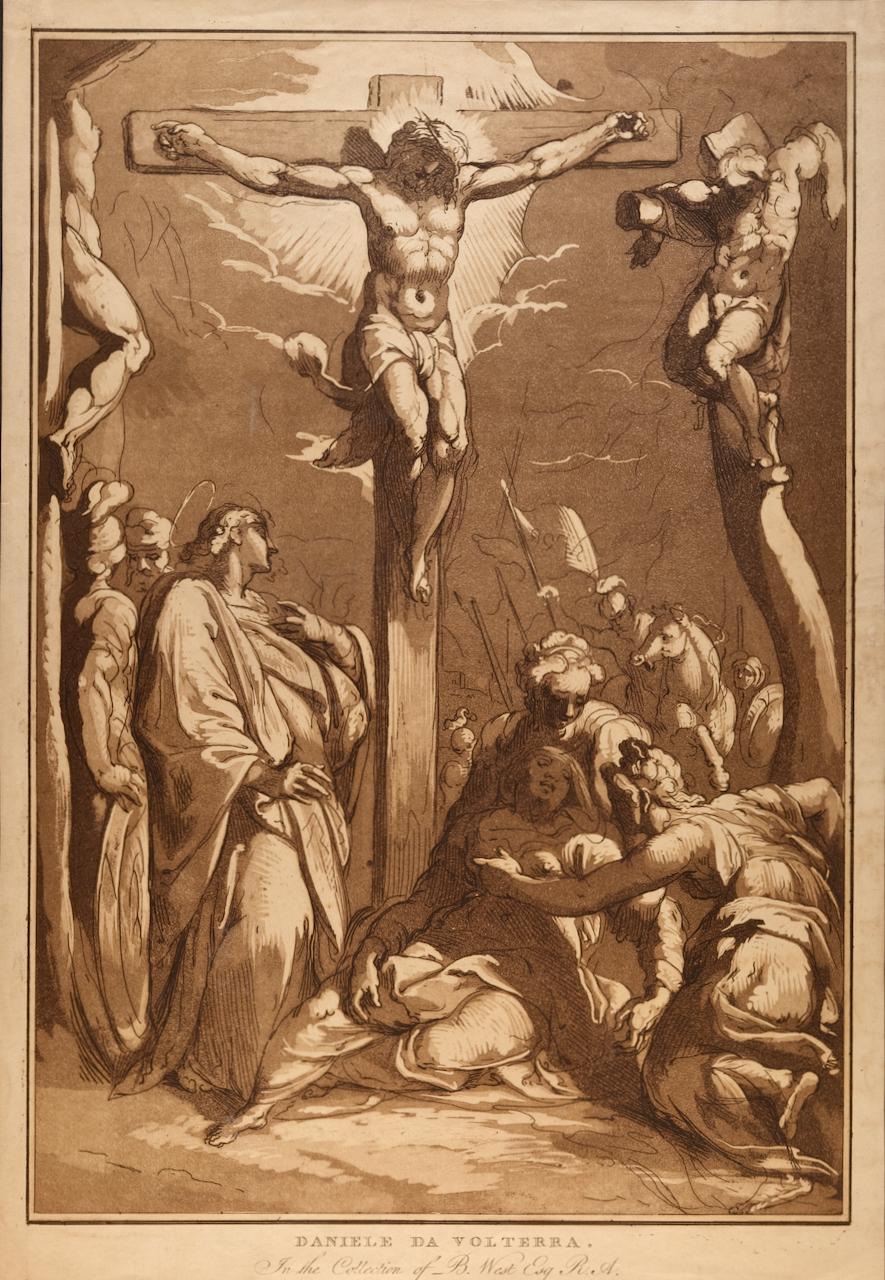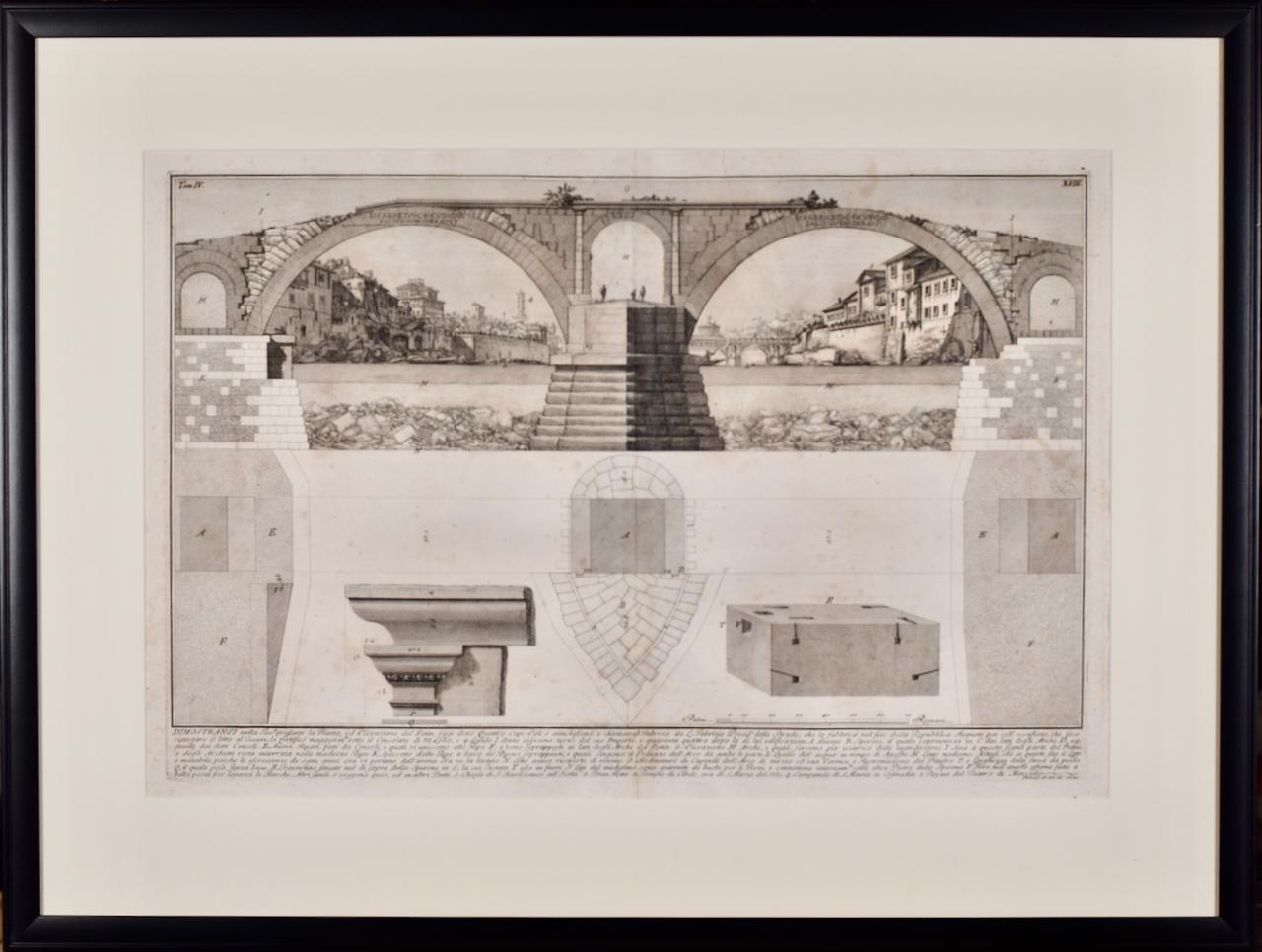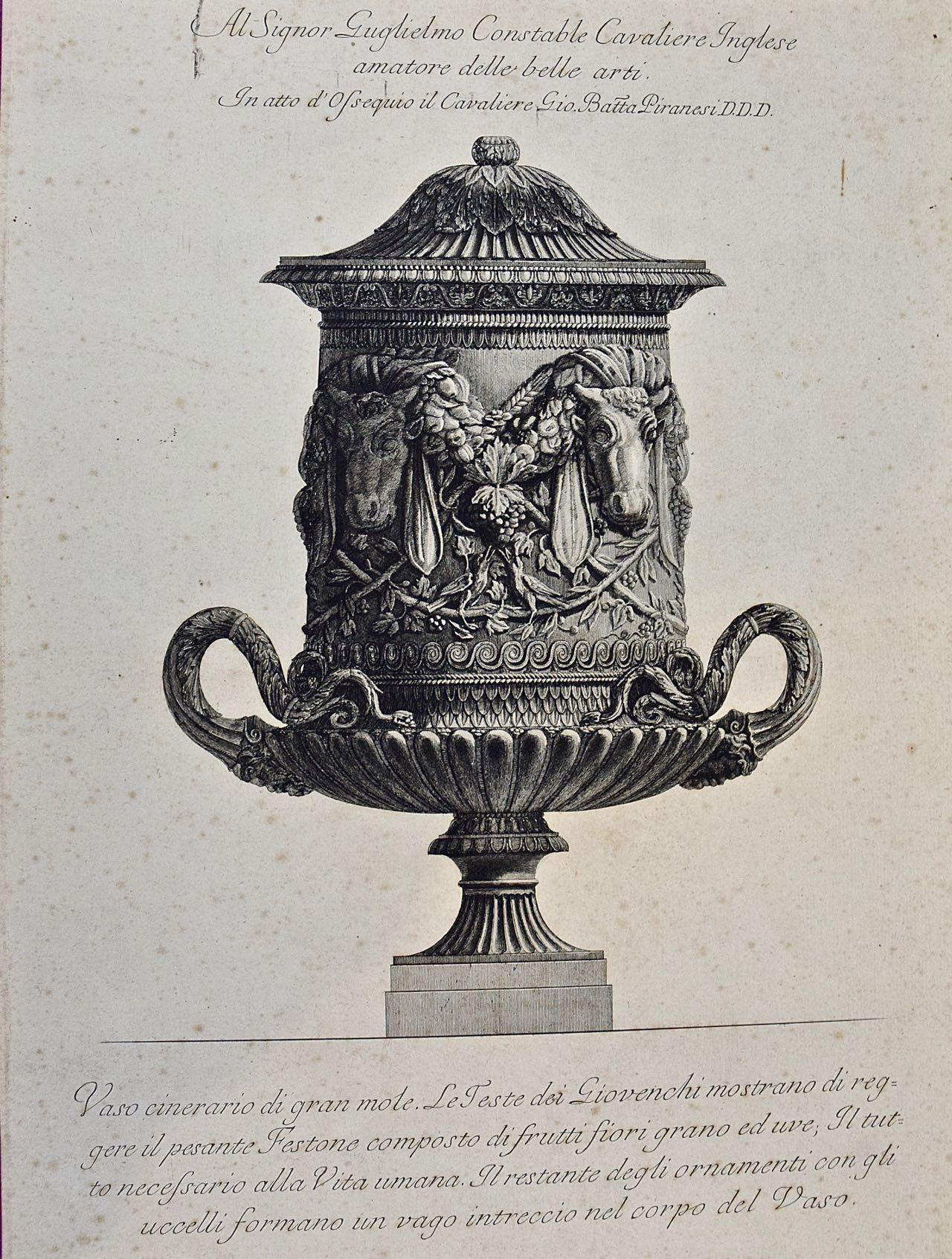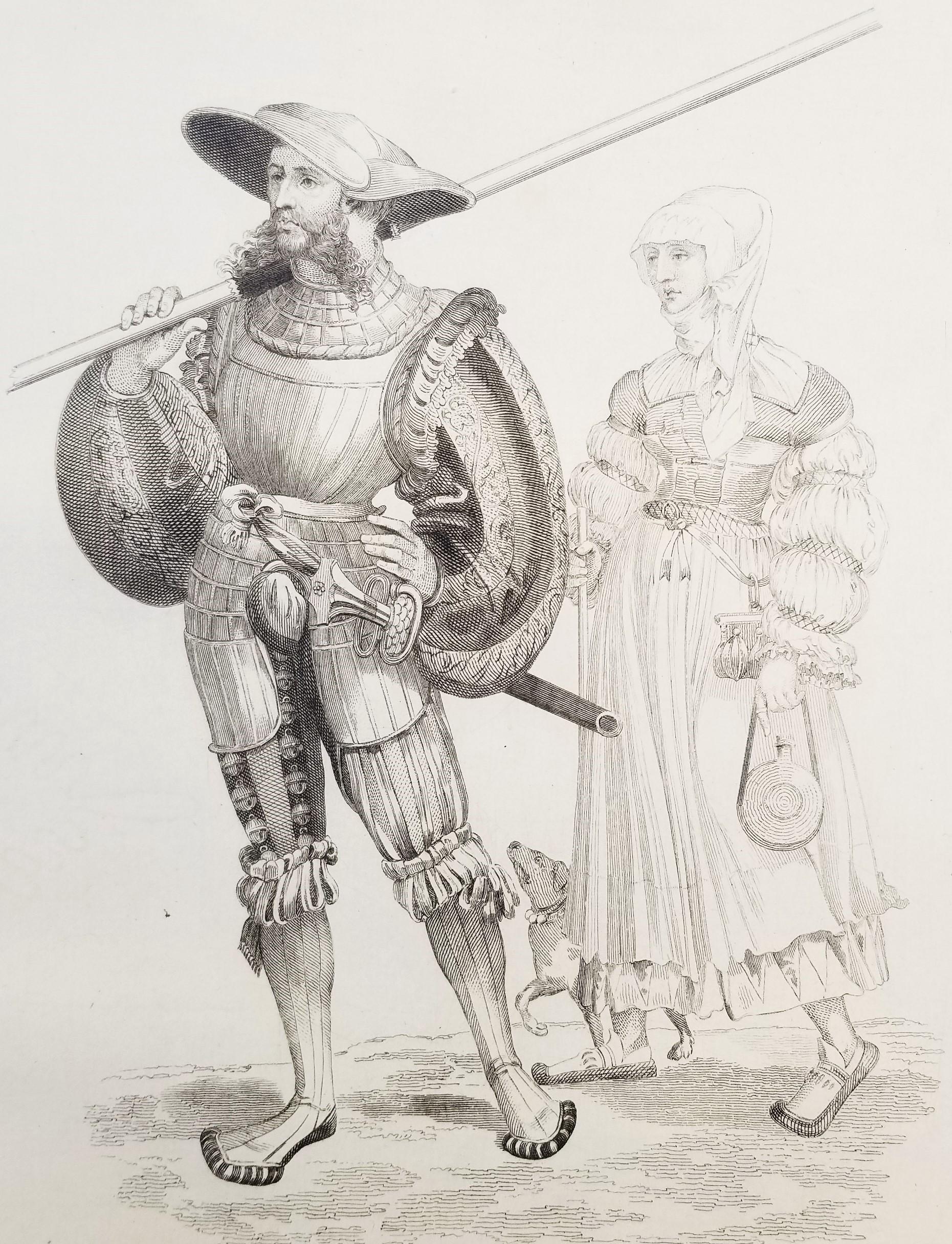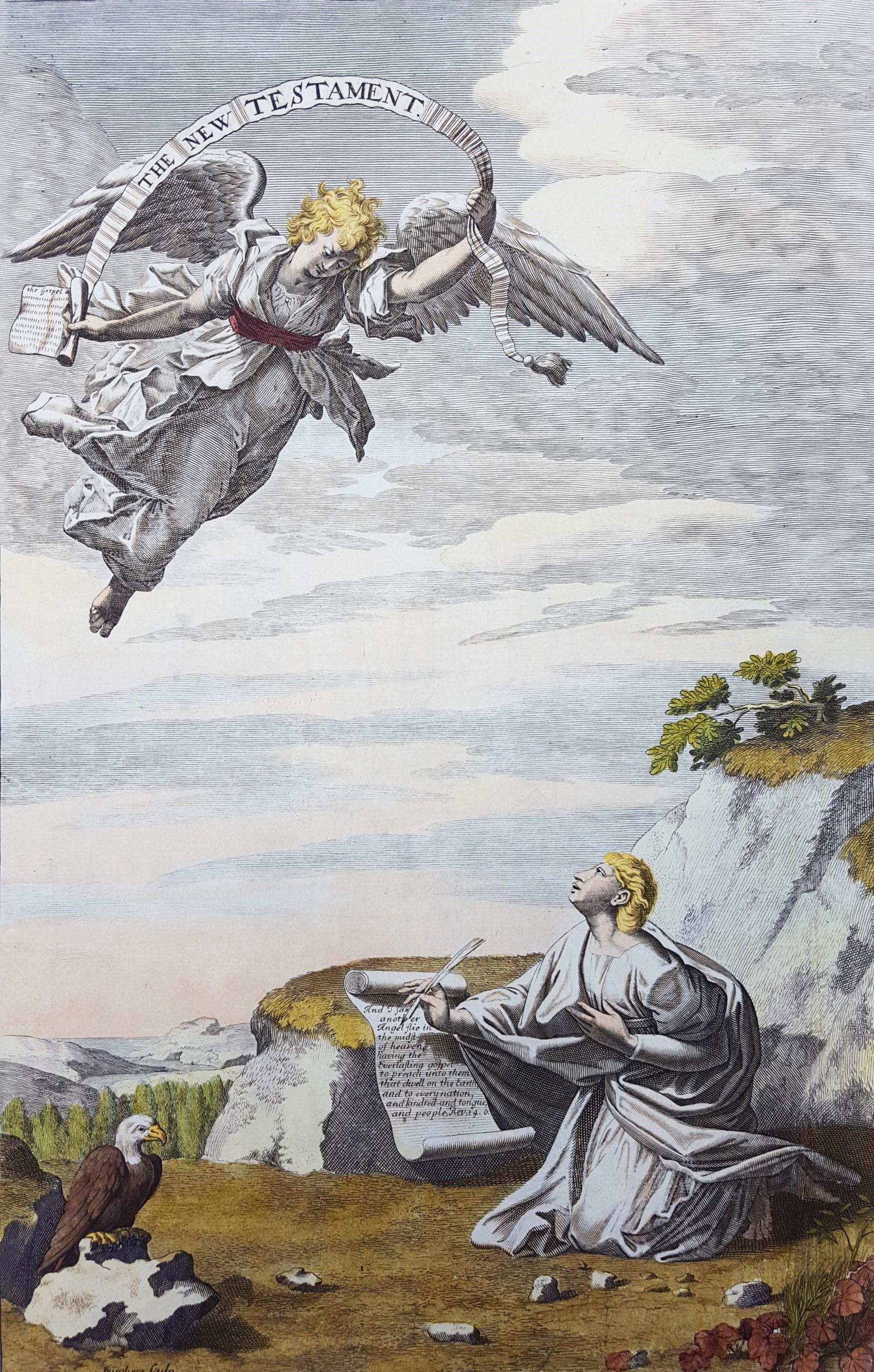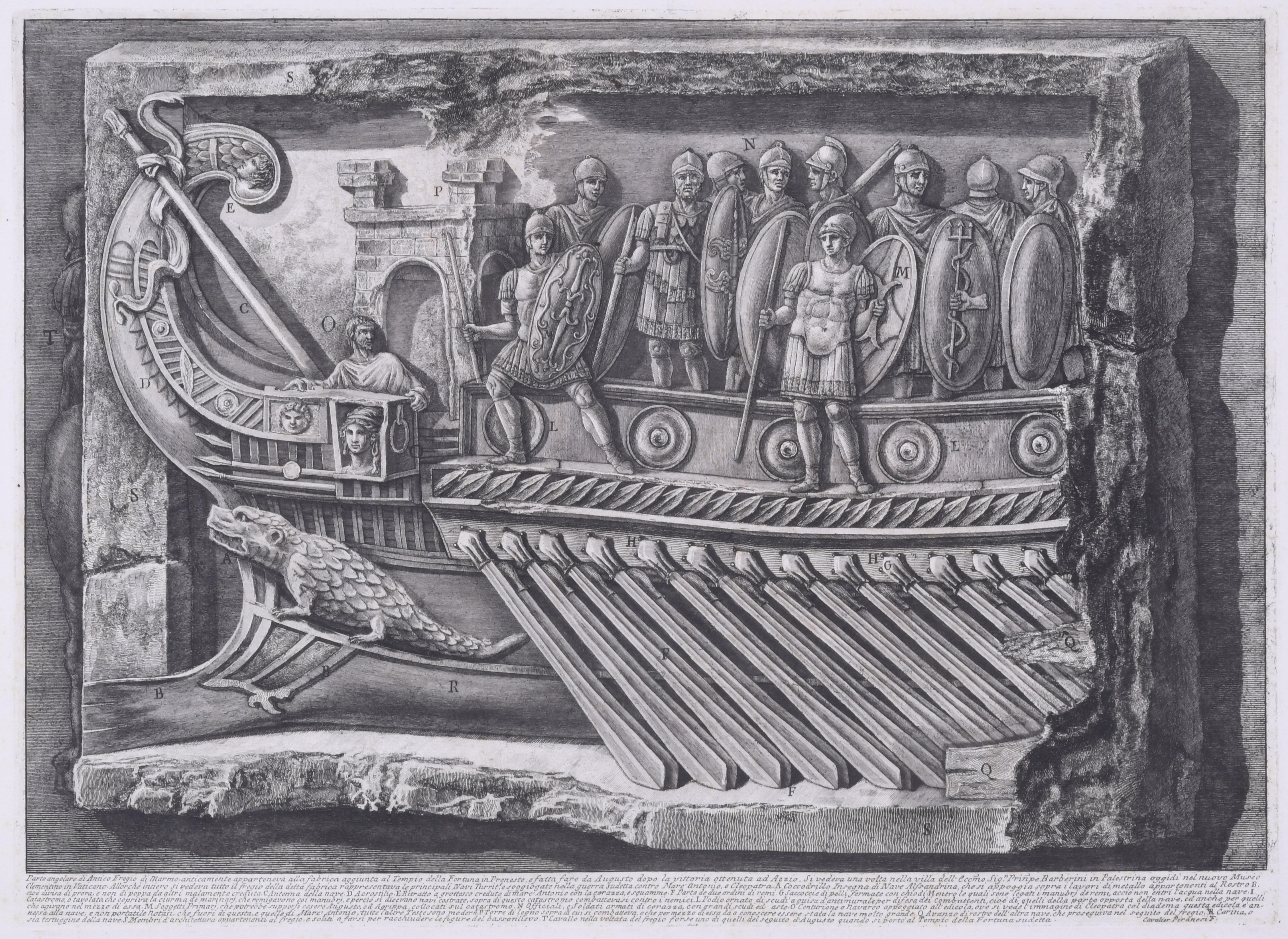Items Similar to "The Singer" Original Black & White Etching of Figures by Cornelis-Pietersz Bega
Want more images or videos?
Request additional images or videos from the seller
1 of 8
Cornelis Bega"The Singer" Original Black & White Etching of Figures by Cornelis-Pietersz Bega1650
1650
About the Item
"The Singer" is an original etching by Cornelis-Pietersz Bega. It depicts a performer and onlookers. Publisher: Pearce #50.
4" x 3" art
16 1/2" x 13 1/2" frame
Cornelis Pietersz Bega, or Cornelis Pietersz Begijn (1631/1632 - 27 August 1664) was a Dutch Golden Age painter and engraver. Bega was born, lived and worked in Haarlem and was the son of sculptor and goldsmith Pieter Jansz. Begijn. His mother Maria was the illegitimate daughter of the Haarlem painter Cornelis van Haarlem. He assumed the name Bega when he started working professionally. He was a student of Adriaen van Ostade, and produced genre scenes of similar subjects, typically groups of a few peasant figures, often in interior settings, or fanciful figures such as The Alchemist (Malibu) or The Astrologer (London).
- Creator:Cornelis Bega (1631 - 1664, Dutch)
- Creation Year:1650
- Dimensions:Height: 16.5 in (41.91 cm)Width: 13.5 in (34.29 cm)
- Medium:
- Movement & Style:
- Period:Mid-17th Century
- Condition:
- Gallery Location:Milwaukee, WI
- Reference Number:
About the Seller
4.9
Platinum Seller
These expertly vetted sellers are 1stDibs' most experienced sellers and are rated highest by our customers.
Established in 1966
1stDibs seller since 2017
391 sales on 1stDibs
Typical response time: 1 hour
- ShippingRetrieving quote...Ships From: Milwaukee, WI
- Return PolicyA return for this item may be initiated within 14 days of delivery.
More From This SellerView All
- "Man Looking Through Window, " Original Etching signed by Cornelis-Pietersz BegaBy Cornelis BegaLocated in Milwaukee, WI"Man Looking Through a Window" is an original etching by Cornelis-Pietersz Bega. It depicts a figure leaning through a window. Publisher: Pearce #37. 3 1/8" x 3" art 14 3/4" x 13 1/...Category
Mid-17th Century Old Masters Figurative Prints
MaterialsEtching
- "The Conversation, " original etching by Cornelis-Pietersz BegaBy Cornelis BegaLocated in Milwaukee, WI"The Conversation" is an original etching by Cornelis-Pietersz Bega. It depicts three men conversing in a dark interior. Publisher: Pearce #43. 3" x 2 1/4" art 12 3/4" x 11 5/8" fra...Category
Mid-17th Century Old Masters Figurative Prints
MaterialsEtching
- "The Pipe Smoker, " Original Etching Portrait by Cornelis-Pietersz BegaBy Cornelis BegaLocated in Milwaukee, WI"The Pipe Smoker" is an original etching by Cornelis-Pietersz Bega. It depicts a man sitting at a table with his pipe. Publisher: Pearce #38. 3 1/2" x 3 1/4" art 13 5/8" x 11 3/4" f...Category
Mid-17th Century Old Masters Figurative Prints
MaterialsEtching
- "The Meeting, " Original Etching by Cornelis-Pietersz BegaBy Cornelis BegaLocated in Milwaukee, WI"The Meeting" is an original etching by Cornelis-Pietersz Bega. It depicts a confrontation between two groups of figures. Publisher: Pearce #48. 2 3/4" x 2 3/4" art 10 1/4" x 10 3/8...Category
Mid-17th Century Old Masters Figurative Prints
MaterialsEtching
- "Mother & Child, " Original Etching Portrait by Cornelis-Pietersz BegaBy Cornelis BegaLocated in Milwaukee, WI"Mother & Child" is an original etching by Cornelis-Pietersz Bega. It depicts a mother and her child. Publisher: Pearce #51. 3" x 3" art 13 3/4" x 11 3/4" frame Cornelis Pietersz B...Category
Mid-17th Century Old Masters Figurative Prints
MaterialsEtching
- 'The Smoker (Le Fumeur)' original etching by Cornelis-Pietersz BegaBy Cornelis BegaLocated in Milwaukee, WI'The Smoker (Le Fumeur)' is an original etching by the celebrated Dutch painter and printmaker Cornelis-Pietersz Bega. It presents a genre scene of the type Bega was best known for: Bega's principal subjects were genre representations of taverns, domestic interiors and villages. He depicted nursing mothers, prostitutes, drunks, gamblers and fools such as quack doctors and alchemists. In this case, he shows a man seated on a chair with his foot on a flat stool and holding a smoking pipe. For Bega, this representation was more of a caricature than it was an image of a specific person, and such genre scenes would have held allegorical and symbolic meaning for the seventeenth-century viewer. During the seventeenth century, the Dutch of all levels of society consumed tobacco and alcohol, and these were an important part of the Dutch economy and a major source of wealth. At the same time, however, moralists and ministers sought to curb intoxication: they openly described drinking and smoking as sinful, immoral, and a general threat to one’s reputation. This paradox is reflected in prints such as this, which inherently carry the national pride of the Dutch economy alongside a moral warning in a print that could be just as easily consumed and collected. 2.5 x 2.25 inches, print 12.38 x 10.38 inches, frame Framed to conservation standards using archival materials including 100 percent rag matting and mounting materials. Housed in a gold finish Spanish-style wood moulding. Overall good and stable condition; margins cut to plate; some wrinkling in the corners from previous mounting; housed in a new custom frame. Cornelis Bega was born into prosperous circumstances. His mother, Maria Cornelis, inherited half the estate (gold, silver, paintings, drawings and prints) and all of the red chalk drawings of her father, Cornelis Cornelisz van Haarlem, a renowned Mannerist artist. Bega's father was Pieter Jansz Begijn (d 1648), a gold and silversmith. Like other family members, Bega was probably Catholic. Houbraken's claim that Bega studied with Adriaen van Ostade is likely to be correct; this was probably before 24 April 1653, when Bega joined Vincent Laurentsz. van der Vinne in Frankfurt for a journey through Germany, Switzerland and France. Bega had returned to Haarlem by 1 September 1654, at which time he joined the Guild of St Luke; he was already a competent draughtsman, as indicated by his first extant dated work, Interior with a Nursing Mother (1652; Frankfurt am Main, Städel. Kstinst.), and by a remarkable double portrait (Amsterdam, Rijksmuseum) drawn by him and Leendert van der Cooghen in 1654. Bega painted, drew, etched and made counterproofs in a wide variety of materials on different types of small-scale supports. He may have been the first Dutch artist to make monotypes, but this remains controversial. Approximately 160 paintings, 80 drawings and six monotypes by Bega have been catalogued, as well as around 34 etchings. Bega's principal subjects were genre representations of taverns, domestic interiors and villages. He depicted nursing mothers, prostitutes, drunks, smokers, gamblers and fools such as quack doctors and alchemists. Less common subjects include the ridiculed or pestered woman, as in Two Figures and Mother with a Spirits Bottle (c. 1662; Gouda, Stedel, Museum Catharina Gasthuis) and The Inn (etching), as well as witty satires on traditional scenes of middle-class music-makers, such as the Music Lesson (1663; Paris, Petit Palace). Bega's early paintings, such as the Weaver's Family (c. 1652; St Petersburg, Hermitage), are freely executed, dark and coarse, recalling the many-figured peasant subjects of van Ostade. Between c. 1660 and 1664 he began to paint genre scenes with fewer figures, which are finely articulated, colourful and psychologically expressive, for example Two Men Singing (1662; Dublin, N.G.). His exquisite, late fijnschilderen ('fine painting') manner, evident in The Alchemist (1663; Malibu, Getty Museum), compares well with that of Gerrit Dou. As a draughtsman Bega is noted for his single-figure studies, executed mainly in black and white chalk on blue paper or red chalk on white paper. None of the studies, which were drawn naer het leven (from life), seem to relate to a painting or etching. Bega traded drawings or shared models with other artists of the Haarlem school, including van der Cooghen, Gerrit Berckheyde, Dirck Helmbreker and Cornelis Visscher. These artists drew chalk figure studies in a very similar style, characterised by regular and precise parallel shading and well-defined forms; their drawings, especially those of Bega and Berckheyde, have been frequently confused. Unlike the realistic figure studies, Bega's etchings depict interiors with figures or single figures in the manner of van Ostade; the compositions, often with masterful chiaroscuro effects, reflect most closely the paintings of the 1650s. Bega is likely to have remained in Haarlem, where he paid dues to the Guild in 1661. He probably died from the plague; fees for his expensive funeral at St. Bavo's were paid on 30 August 1664. Among the artists he influenced were Thomas Wijck, Jan Steen, Richard Brakenburg (1650-1702) and Cornelis Dusart. Painters such as R. Oostrzaen ( fl ?1656) and Jacob Toorenvliet...Category
17th Century Old Masters Figurative Prints
MaterialsEtching, Paper
You May Also Like
- Crucifixion: 18th Century Etching by Conrad Metz after Daniele da VolterraLocated in Alamo, CA"Crucifixion" is an etching and aquatint, printed in brown ink by Conrad M. Metz after a painting by Daniele da Volterra. It was published in London in 1789 in 'Imitations Of Ancient...Category
Late 18th Century Old Masters Figurative Prints
MaterialsEtching, Aquatint
- Fabricius (Ponte Cestio) Bridge : Framed 18th C. Piranesi Architectural EtchingBy Giovanni Battista PiranesiLocated in Alamo, CAThis framed 18th century etching by Giovanni Battista Piranesi is entitled "Dimostransi nella Tav. presente la Pianta, ed Elevazione del Ponte, oggi detto Quattro Capi egli è antichissimo, e chiamavasi Fabrizio da L. Fabrizio Presid. delle Strade, che lo fabbrico' nel fine della Repubblica. "(The Plan and Elevation of the Bridge, today called Quattro Capi. The architect is very ancient, and was called Fabrizio da L. Fabrizio Presid. delle Strade, who built it at the end of the Republic). This is plate 18 in volume 4 of Piranesi's "Le antichita romane opera di Giambatista Piranesi architetto veneziano" (Roman antiquities by Giambatista Piranesi Venetian architect). It was published in Rome in 1756-1757. This etching depicts the plan and elevation of the bridge now called the Ponte dei Quattoro Capi or Ponte Cestio (Bridge of the Four Heads), which in antiquity was called the Bridge of Fabricius after L. Fabricius, the Superintendant of the Streets who built it at the end of the Republic, around 62 BC. It was also been known in the Middle Ages as ‘Ponte Giudeo’ (Bridge of the Jews). The bridge crossed from the left bank or northeast side of the Tiber River to Tiber Island...Category
1750s Old Masters Landscape Prints
MaterialsEtching
- Ancient Roman Marble Vase: 18th C. Piranesi Etching Vaso Cinerario di Gran MoleBy Giovanni Battista PiranesiLocated in Alamo, CA"Vaso Cinerario di Gran Mole. Le Teste dei Giovenchi mostrano di reggere it pesante Festone composto di Frutti Fiori Grans ed use. Il tuto Necefsario all Vita Umana. Il Restante degl...Category
1760s Old Masters Figurative Prints
MaterialsEtching
- Piquier Allemand (German Pikeman) /// Old Masters Figurative Man Soldier AntiqueLocated in Saint Augustine, FLArtist: Armand Joseph Lallemand (French, 1810-1871) Title: "Piquier Allemand (German Pikeman)" Portfolio: Gazette des Beaux-Arts Year: 1866 Medium: Original Etching on cream laid pap...Category
1860s Old Masters Figurative Prints
MaterialsIntaglio, Etching, Laid Paper
- The New Testament /// Old Masters Biblical Religious Engraving Dutch Angel ArtBy Michael BurghersLocated in Saint Augustine, FLArtist: Michael Burghers (Dutch, c.1647/1648-1727) Title: "The New Testament" Portfolio: Holy Bible *Signed by Burghers in the plate (printed signature) lower left Year: 1680 Medium: Original Etching and Engraving with recent Hand-Color on watermarked laid paper Limited edition: Unknown Printer: John Baskett, London?, UK Publisher: Moses Pitt, Peter Parker, and Thomas Guy, London?, UK Sheet size (irregular margins): 17.25" x 10.5" Image size: 14.75" x 9.5" Condition: Uneven trimming and light edgewear in margins. One small tear entering image lower right which has been skillfully repaired with added backing paper with archival tape from verso. It is otherwise a strong impression in very good condition with strong colors Very rare Notes: Provenance: private collection - Cotswolds, UK. Comes from the 1685 "Holy Bible" portfolio. John Baskett was deemed printer to the King's most Excellent Majesty, for Great Britain and to the University of Oxford. Large unidentified watermark within center of sheet. There is an example of this work in the permanent collection of the British Museum in London, UK. In the foreground, John the Evangelist, holding a pen and writing...Category
1680s Old Masters Figurative Prints
MaterialsWatercolor, Engraving, Etching, Laid Paper, Intaglio
- Marble relief of a trireme from the Temple of Fortuna, Praeneste, from VasiBy Giovanni Battista PiranesiLocated in Fairlawn, OHMarble relief of a trireme from the Temple of Fortuna, Praeneste, from Vasi, candelabri, cippi, sarcofagi, tripodi, lucerne, ed ornamenti antichi disegnati ed incisi dal Cav. Gio. Ba...Category
1770s Old Masters Figurative Prints
MaterialsEtching
Recently Viewed
View AllMore Ways To Browse
Antique Frames Black And White
Antique Singer
Singer Antique
Cornelis Hollander
Old Master Etching Frame
Dutch 1650
Mid Century Black And White Etching
17th Century Old Master Etching
Dutch Peasants
Wallace Collection
French Vintage Circus
Vintage Spray Cans
Vintage Spray Can
Three Muses
Arab Print
Antique Paper Press
Manhattan Vintage
Ivory Opera
